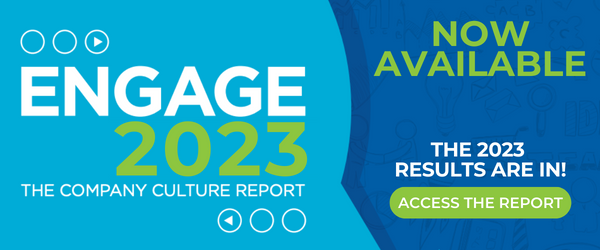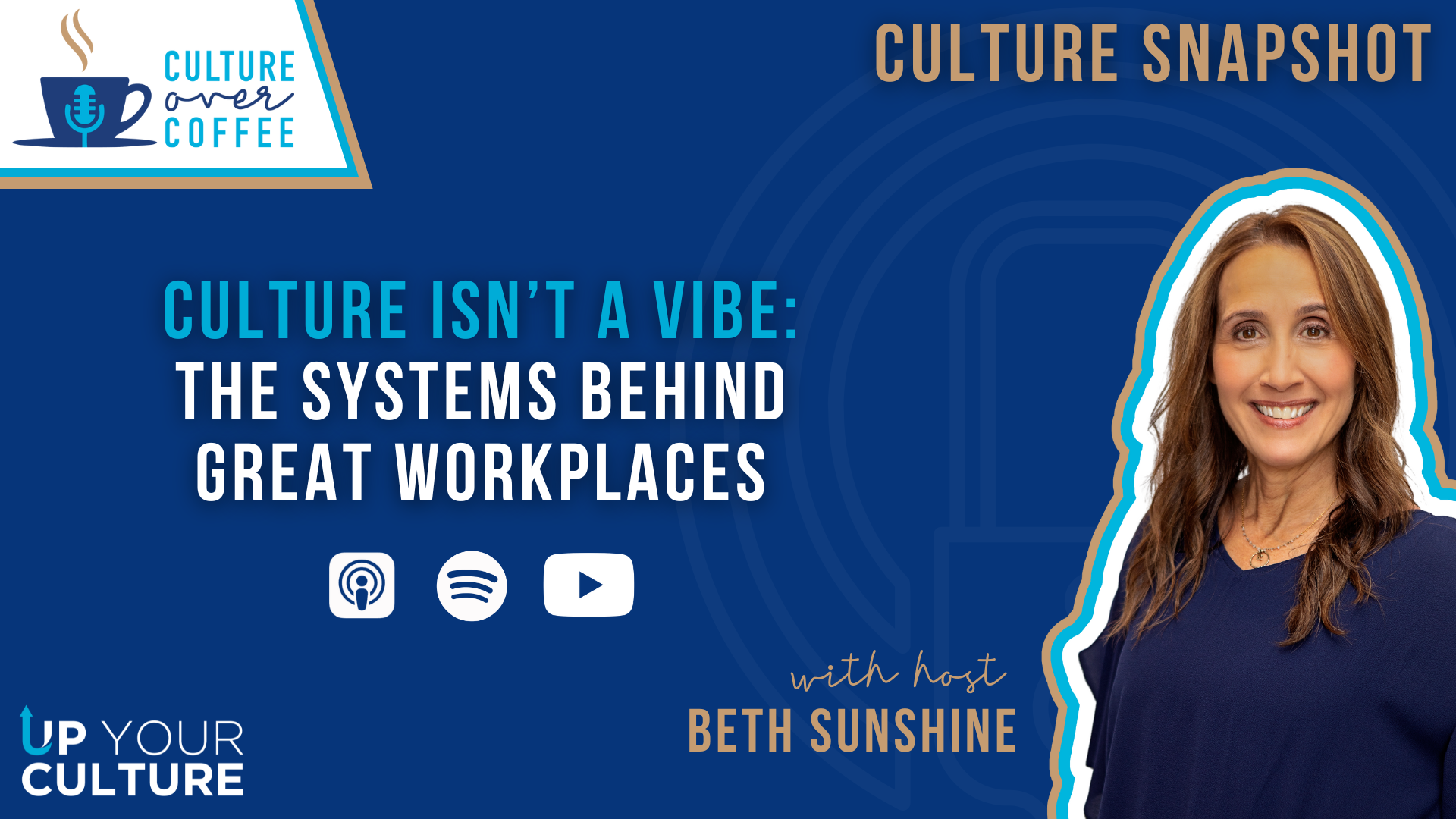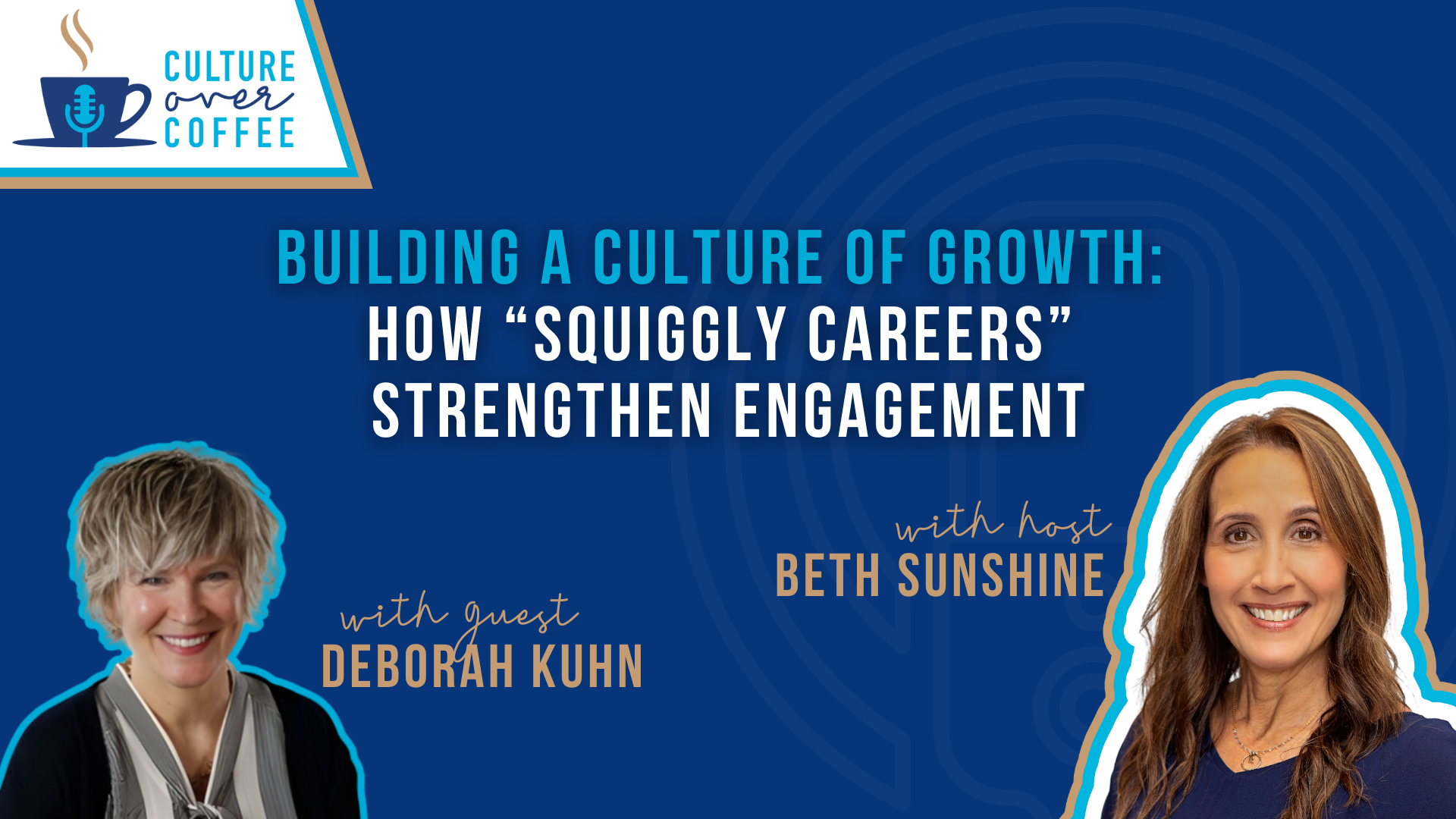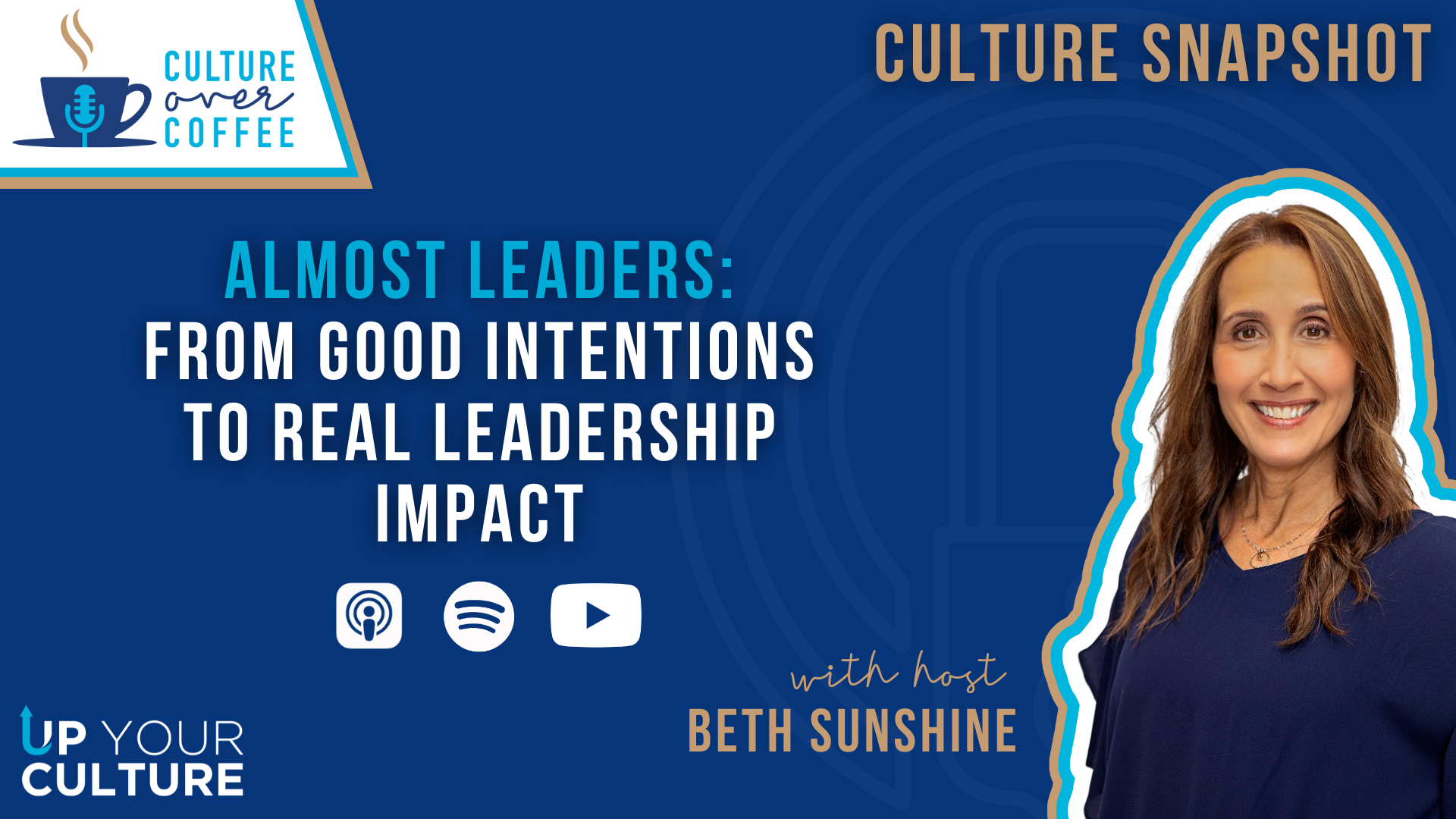
Employee engagement is at the top of many organizations' lists as they look to fill open positions and retain top performers. To create a culture of engagement, continuous learning, and satisfied employees, we offer you some of our top Employee Engagement trends for 2023.
1. People-Centric Culture
Having a people-centric culture is no longer a nice-to-have benefit for employees; it is an important factor when retaining and recruiting highly talented employees. Organizations, both new and established, are working to ensure they have the right culture and that it is seen and felt throughout. Every organization has its own unique culture, whether you are intentional about it or not, but now more than ever, it is important to take the time to cultivate and nurture a positive culture.
Cultures must be embraced and communicated by leaders at every level of the organization, and each employee should feel that they are valued and treated with respect.
2. Flexibility in Time and Location
Over the past few years, the importance of work-life balance has risen on employee priority lists. During the pandemic, it became very clear that not every job requires employees to be in a physical office every day. Fears that productivity may decline with a remote workforce were proven wrong as organizations everywhere were able to continue their work in a productive and efficient manner.
Offering flexible work hours, locations, and updated policies will go a long way with employees.
Consider these statistics from FlexJob: 75% of workers said they experience greater productivity at home. They said they encounter fewer distractions (74%), less stress from commuting (71%), and fewer office politics (65%).
A culture grounded in trust is a big part of flexible work arrangements, but a bonus – when people feel trusted, they will be more engaged!
3. Making HR, More 'HUMAN'
Human Resources are an integral part of any organization, but in many cases, they have come to be seen as a necessary evil with rigid rules and a lot of thinking INSIDE the box. But the truth is HR is about PEOPLE, who are the greatest asset to the organization, and they need to be treated as such.
Empathy is an important ingredient in a people-centric culture, and it should be practiced and extended throughout every department, including (and most importantly! in HR). When employees feel like the organization sees them as an individual with unique needs and ideas and really listens to them, they will retain and attract top performers. If they are seen as a number being forced into an image cultivated without their input, they won’t be as engaged and connected.
4. Diversity-Equity-Inclusion-Belonging (DEIB)
We live in a diverse world with ever-increasing global connectivity, and organizations are finely tuned in to building a workforce to match. It has been proven that organizations with a diverse workforce are more creative and innovative and even experience increased results. But this is no easy task – how can you create a diverse organization where everyone is treated in a way that makes them feel included and that they are in the right place?
It begins with ensuring that the company is recruiting in a way that attracts diverse candidates and focuses on their talents necessary for success in the job. Using talent-based assessments and working with organizations in the community can help showcase what you offer to diverse groups of people. Additionally, be sure to create an environment where people can showcase and share their uniqueness; psychologically, safety goes a long way and is an important ingredient to D-E-I-B.
5. Create Employee Brand Ambassadors
Your people are your biggest asset, and they can also help build your company and improve engagement. Social media is all around us, and it has amplified word-of-mouth exponentially. Sure, the company can tell its story and share pictures, but employee postings get 561% more engagement than when the same message is shared by the organization.
Your employees have many more followers than the organization as a whole does, and their message packs a powerful impact. If they love where they work and they share it with their networks, the message goes even further. And it's not just their finds and connections; according to a 2017 study, 41% of job seekers rate employee reviews higher than any other source.
A few things to keep in mind before choosing and deploying ambassadors, though. First, they need to be well-versed and live the company’s core values. Make sure that every employee knows what you are all about and can tell the story of working there.
Brand ambassadors should come from all levels and areas of the organization, not just leaders. And it should be authentic; look for those people who naturally and organically live the company’s mission and values and ask them if they would like to help spread the word!
6. Opportunities to Grow Their Career
The modern organization is a learning organization where people learn, grow, and thrive in their careers. These expectations permeate the entire organization, from the newest associate all the way to the C-Suite. Growing one’s career is not just learning skills and fulfilling compliance related to their current position; learning should be aimed at the whole person offering them ways to grow personally and professionally.
Make career path planning a part of conversations with employees and be sure they are active participants in their plan. The younger generations specifically want to be active architects in their future, and involving them in the process will be highly motivating and increase engagement.
Learning and development opportunities should be ongoing, and accomplishments should be fully recognized and celebrated. Recognition and reward show appreciation for the hard work and dedication employees give, which in turn keeps engagement high!
7. Workplace Wellness
We spend a great majority of our time at work (whether it is in the office or from a remote location), and our health has a direct impact on what happens at work.
It has been said that “A healthy mind resides in a healthy body”. There is a direct relationship between healthy workers and productive workers, which is important to the overall health of the organization.
Organizations have started offering corporate wellness programs to not only help their employees make time to prioritize their health but also show that they care about them as a whole person.
Helping employees live a healthy lifestyle and balance the stressors of work with positive life habits goes a long way with your people. Corporate wellness programs are an investment in your organization’s current success and future well-being.
8. Recognizing Mental Health in the Workplace
Everyone has experienced a high degree of stress over the last few years, and it has brought the importance of mental health to the forefront of workplace health. Employees experiencing poor mental health lose over 70 million working days during the year.
Burnout is one of the most well-known manifestations of decreased mental health. Recent studies and surveys have uncovered the enormous impact burnout and decreased mental health have on employees. These studies, coupled with the overall focus on mental health as a whole, have opened employers’ eyes to the importance of paying attention to employees’ mental states.
Mental health resources combined with the above wellness programs help to promote and sustain a healthy and engaged workforce.
9. Interesting and Challenging Work
One of the top ways to keep your employees engaged is to offer work that they personally find interesting and challenging. While top employees will most always give their best, they may not show up in the same ways as if they find fulfillment in what they are doing.
Communication of goals, interests, and individual motivators is key to ensuring your employees are enjoying the work they are involved in and making plans and shifts when they aren’t. Today’s workforce embraces projects and tasks that engage their critical thinking and problem-solving skills, and most will say they enjoy a job where “no day looks the same.”
This phenomenon is prevalent in the case of GenX and GenZ employees. They are critical thinkers and challenger-seekers, and problem-solving is in their inherent nature.
10. Modern Generation Employee Benefits
We are all players in the current talent war, and one of the keys to attracting top talent is offering the right mix of benefits. Gone are the days of boilerplate benefits and perks; they have been replaced with creative and employee-focused benefits that enhance the employee experience in addition to providing financial security.
It is not uncommon for job candidates to ask about total compensation packages, including the perks, benefits, and rewards systems offered. In fact, a Glassdoor survey found that 80% of employees prefer additional benefits over a pay increase. Solid health care and retirement offerings are standard, but offering life-enhancing features like flexible work arrangements, generous vacation, and wellness-focused perks are attractive to job seekers.
Conclusion
Work is an important part of our lives, and we should all enjoy the time we spend there. By offering ways in which to enhance employee engagement, you retain top performers, attract future stars and build a happy, healthy, and productive workforce!





![Top 15 Reasons Your Employees Stay [INFOGRAPHIC]](https://no-cache.hubspot.com/cta/default/109236/473b3cea-f4e5-4609-98e2-84f1f068a9bc.png)







Leave a Comment